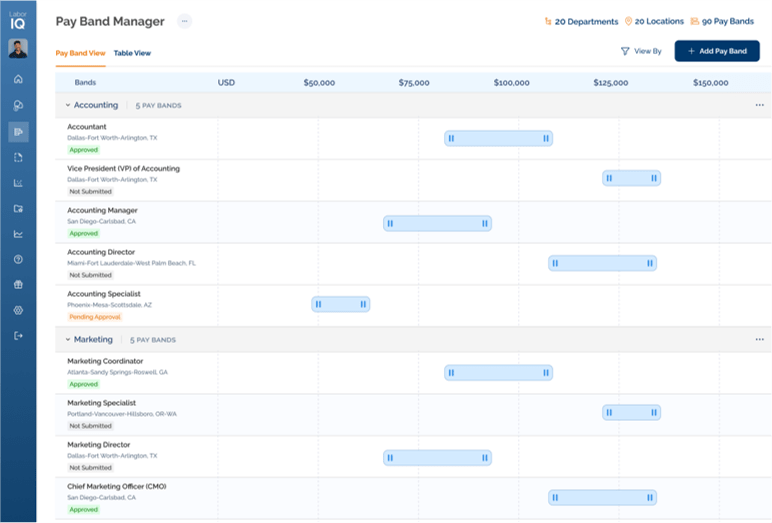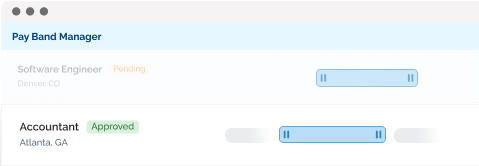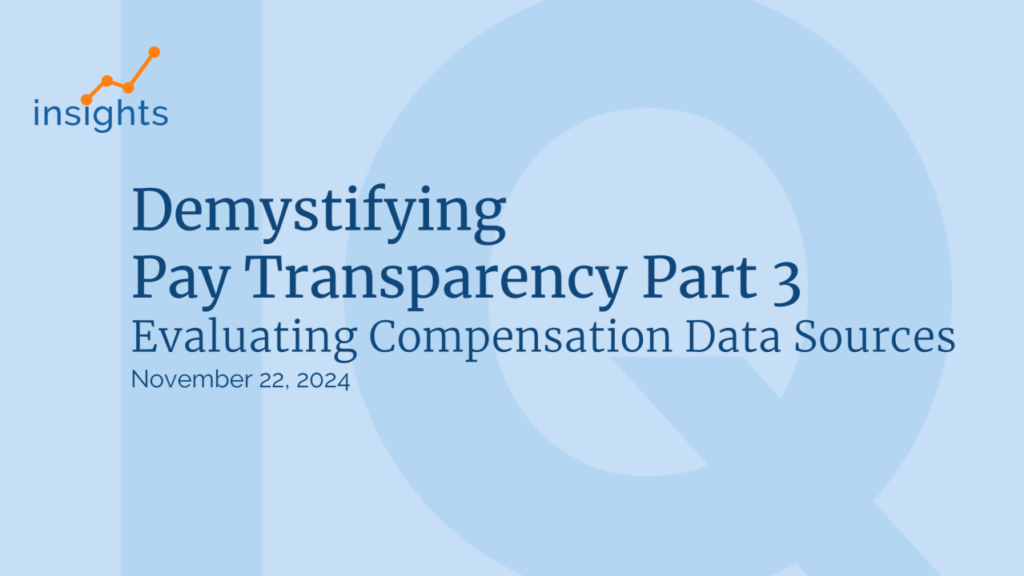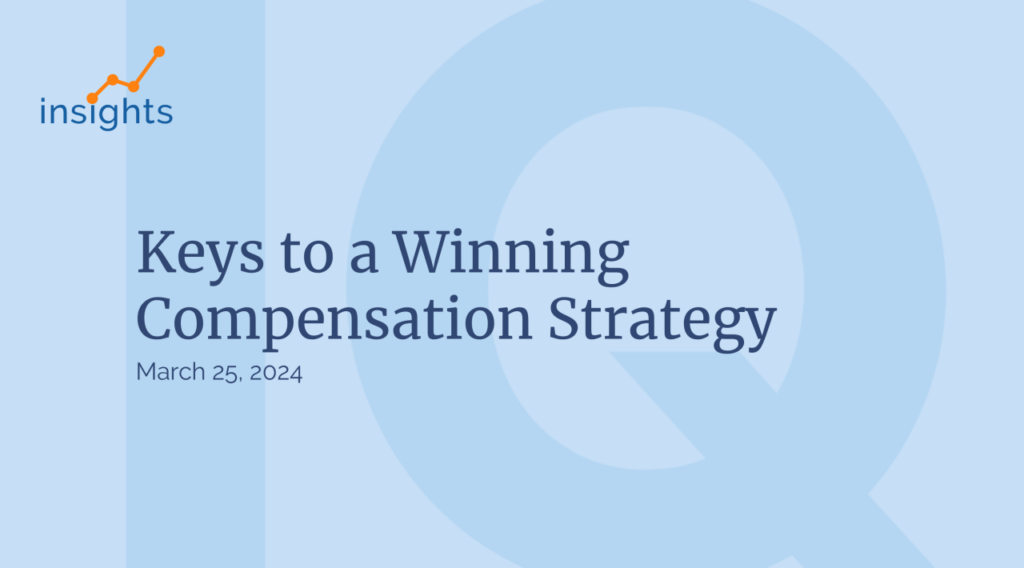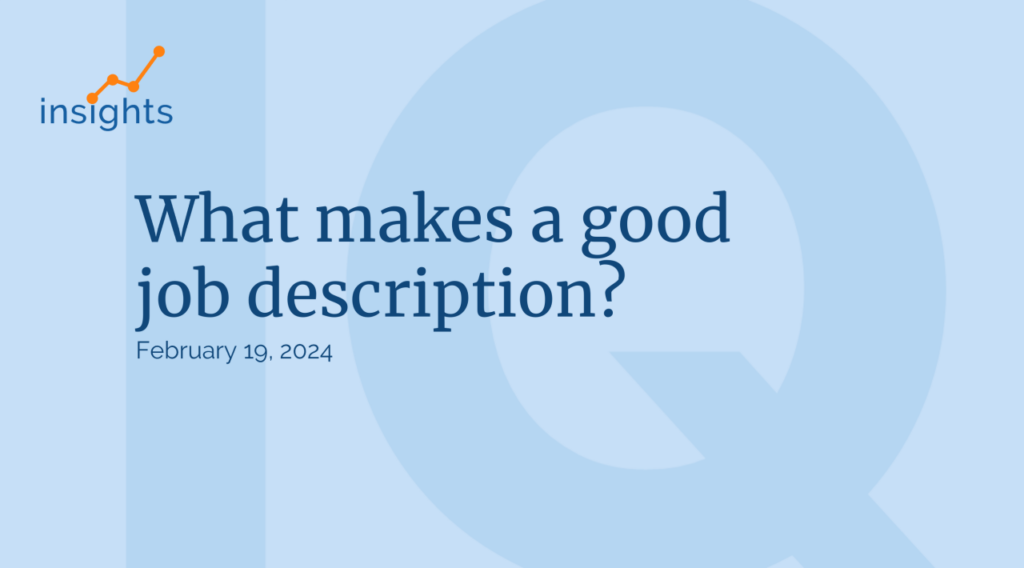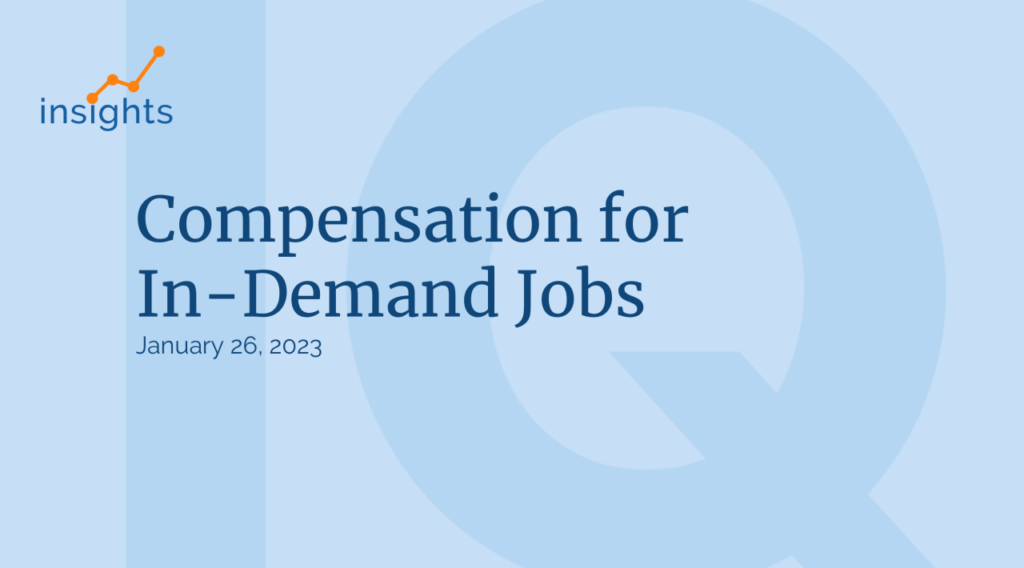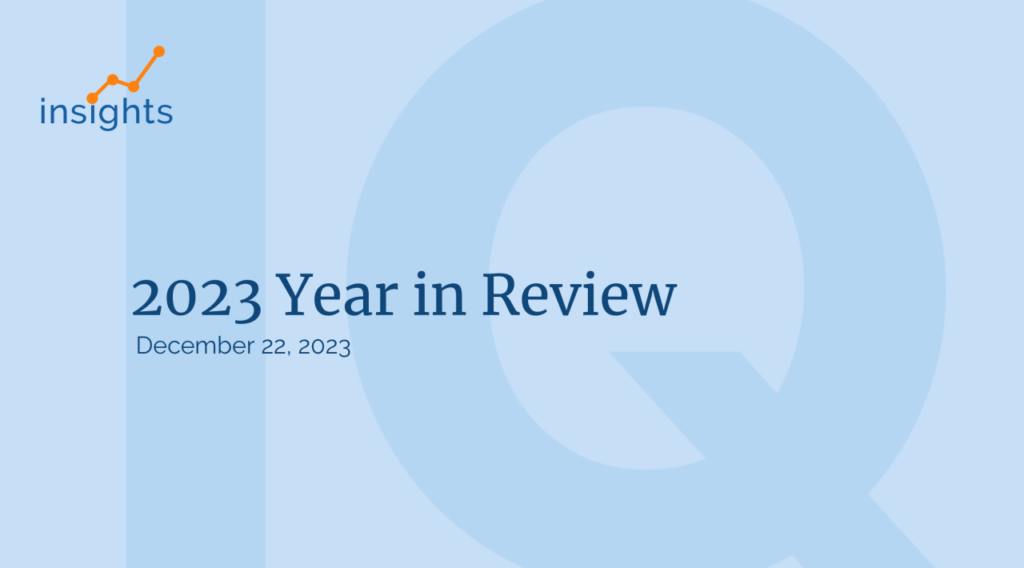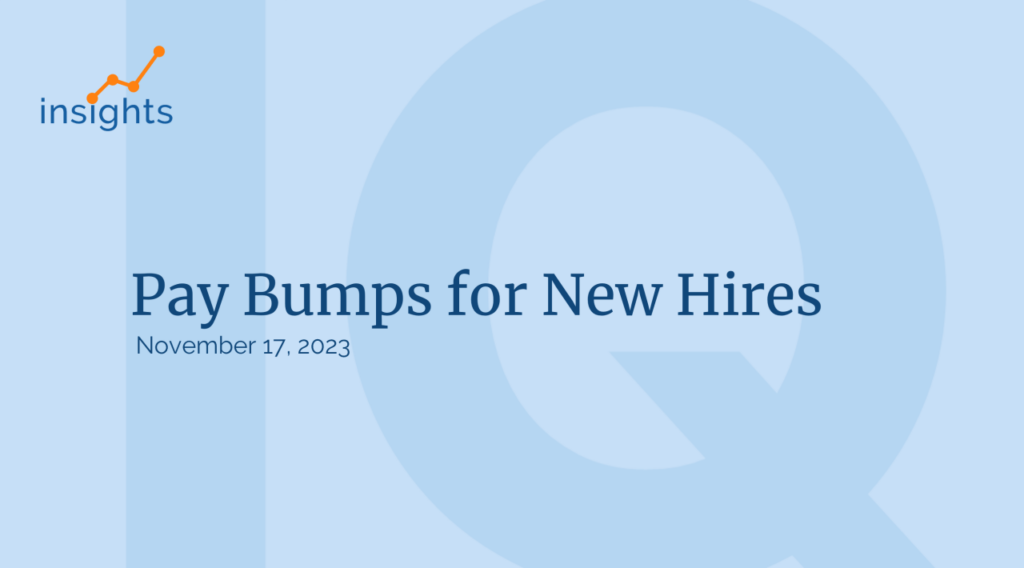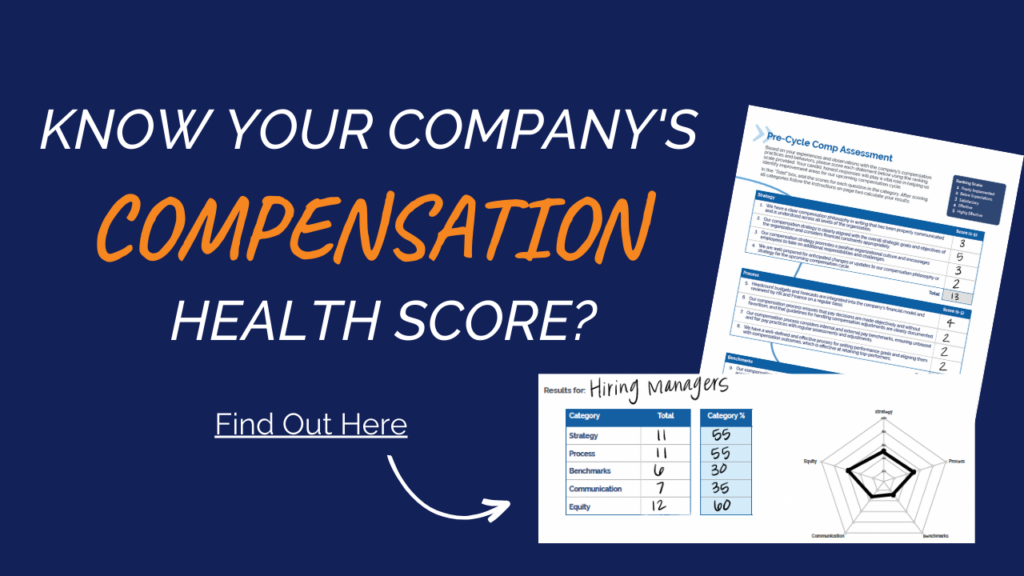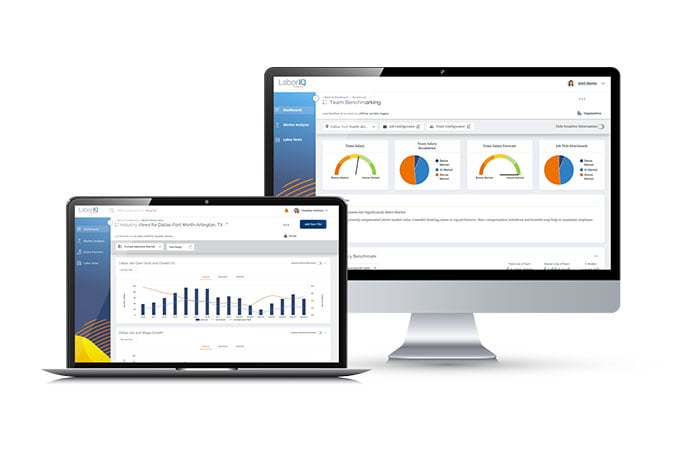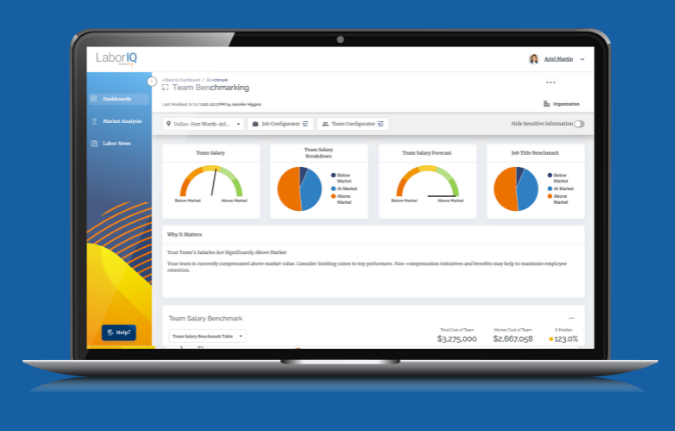A salary can seldom be judged by just the number you see on paper. What might have been an attractive salary two years ago will likely find you struggling to pay living expenses in today’s economy.
The cost of living is constantly rising as inflation affects the global market. Recent statistics indicate a 7.1% increase in the cost of living over the last 12 months, and at the time of this writing, the U.S. inflation rate is 7.5%.
Salaries need to rise in tandem to compensate workers accordingly.. This annual salary increase usually follows the annual increase percentage. However, this year’s annual increase percentage doesn’t follow the same rules as in the past. Let’s take a look at this in more detail…
What’s the Annual Increase Percentage?
The annual increase percentage measures the percentage rate salaries are raised across the board in any given year. Many employers increase wages by a percentage each year to reflect the rising cost of living and new trends in the labor market.
Unsurprisingly, businesses that fail to match salaries with rises in inflation risk losing employees to competitors offering more competitive compensation. In other words, when wages don’t align with the cost of living and inflation, employees are, in fact, earning less each year, as they have to stretch their paychecks that much further.
The Annual Increase Percentage in 2022 – Why is it Different?
The pandemic has thrown much of the world’s economy into disarray and it’s still too early to fully assess its total economic impact. However, the World Bank’s early statistics indicate that global economic growth is expected to slow down from 5.5% in 2021 to 4.1% in 2022.
The way corporations do business was significantly affected by the pandemic. It also caused supply shortages and prompted price increases. As a result, job losses rose and the U.S. government had to step in. They introduced temporary wage subsidy initiatives, including the Paycheck Protection Program (PPP) and the Employee Retention Tax Credit (ERTC) to help employers pay staff.
At the same time, the cost of living skyrocketed. In December 2021, the Consumer Price Index (CPI), which measures the overall cost increases in the economy, increased by 7% from December 2020. This primarily affected food and energy prices. However, according to CNBC, wage increases in 2021 didn’t match the rising cost of living.
But, this was to be remedied in 2022, when compensation costs like salaries, raises and benefits would jump by 3.9% – the highest percentage increase since 2008.
What Impacts the Annual Increase Percentage?
The annual increase percentage is affected by a range of circumstances. Of course, inflation is the most crucial factor. But other, less far-reaching elements also impact salary increases, including:
- Location. As each state has different living costs, wage increases differ greatly depending on location. For instance, according to the BLS, California’s wage and salary rates rose by 4.6% between 2020 and 2021. But in Detroit, the raise was only 2.7% and just 2.5% in Seattle.
- Job sector. While the average performance-based raise doesn’t fluctuate significantly across different sectors, some variations exist. For instance, in 2021, civilian workers had a more negligible raise than private industry workers (4.2% compared to 4.6%). Still, both enjoyed higher percentages than state and local government workers (2.4%).
- Job performance. Higher-performing employees carrying lots of responsibility might receive more substantial raises than their coworkers at their employer’s discretion.
Stay Ahead of Annual Increase Percentages
Given fluctuating economies and changing inflation rates, it can be challenging to adjust salaries. For many companies, keeping costs as low as possible while doing the right thing for staff is a tricky balancing act. This is where a software solution like LaborIQ can make a difference. LaborIQ is compensation analysis software that draws data from the labor market to determine accurate salary rates and expected salary increases for specific job roles. These calculations factor in location, employee experience, labor market forecasts, and more.
With the right software at your fingertips, you can stay ahead of the annual increase percentage and have the necessary data to create the competitive compensation packages needed to retain and attract top talent.. Visit our website today to learn more.







